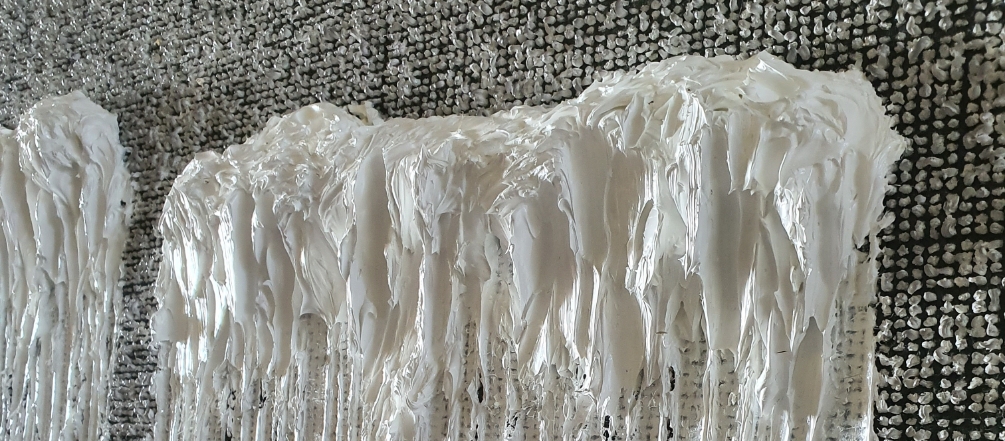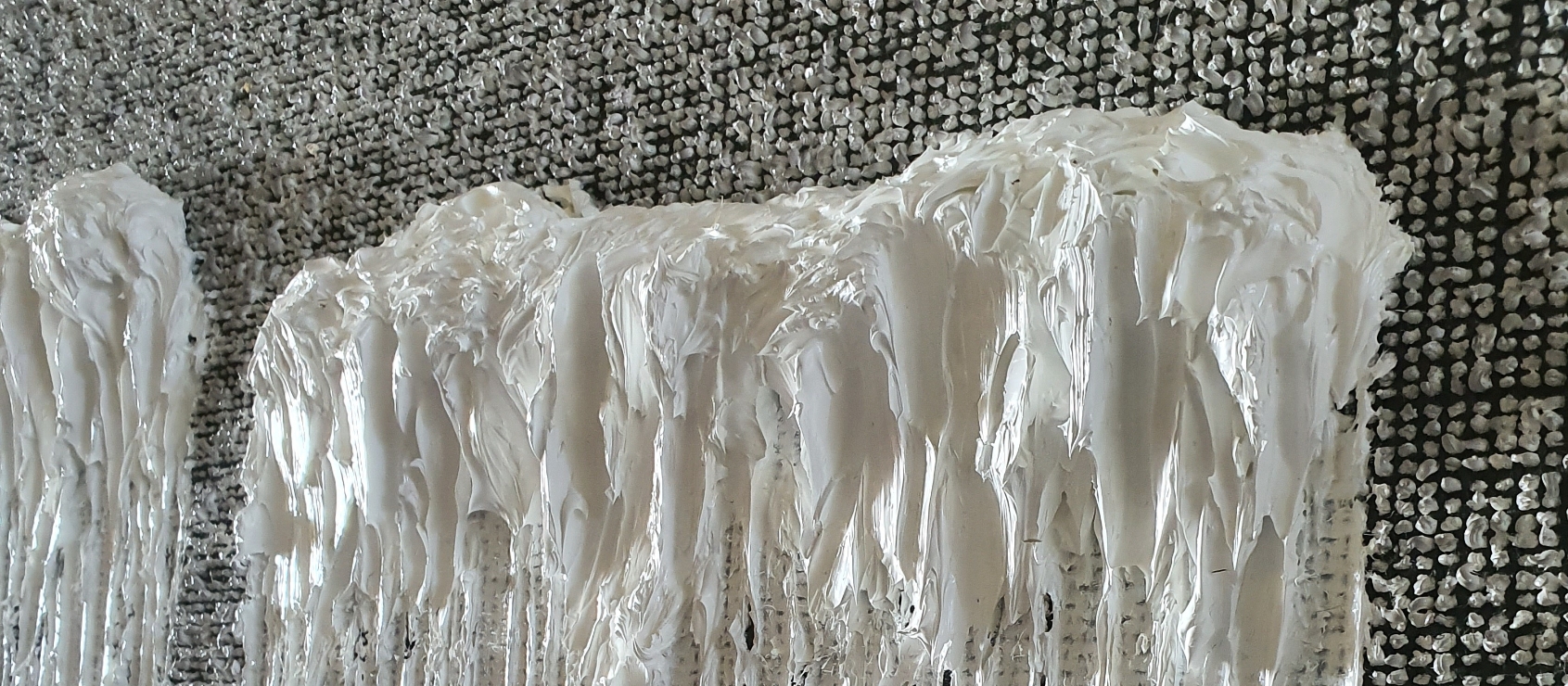about
-
Ha Chong-Hyun
This is a Korean name, the family name is Ha.
Ha Chong-Hyun (Korean:하종현,Hanja:河鍾賢, Korean pronunciation:[ha;jonghyun]born 1935, Sancheong, South Kyungsang province in South Korea) is a Korean minimalist painter.
Ha came to prominence with his Conjunction series in the early 1970s. These early experiments have led him to build his signature style, pushing the paint from the back to the front of hemp cloth. -
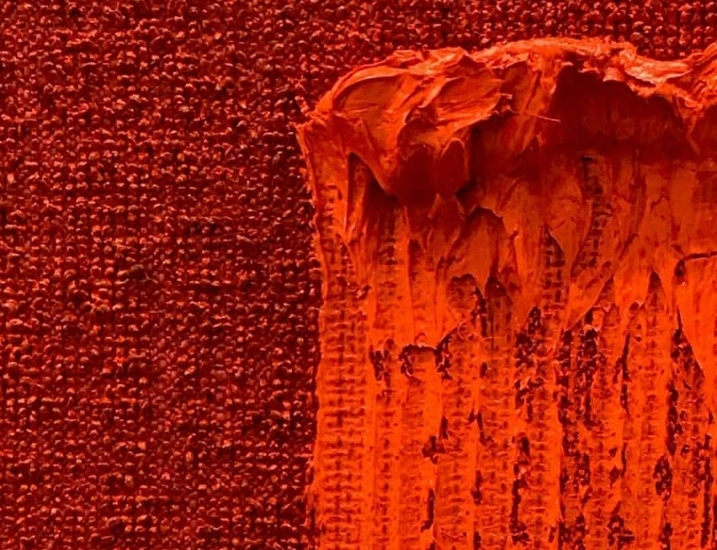

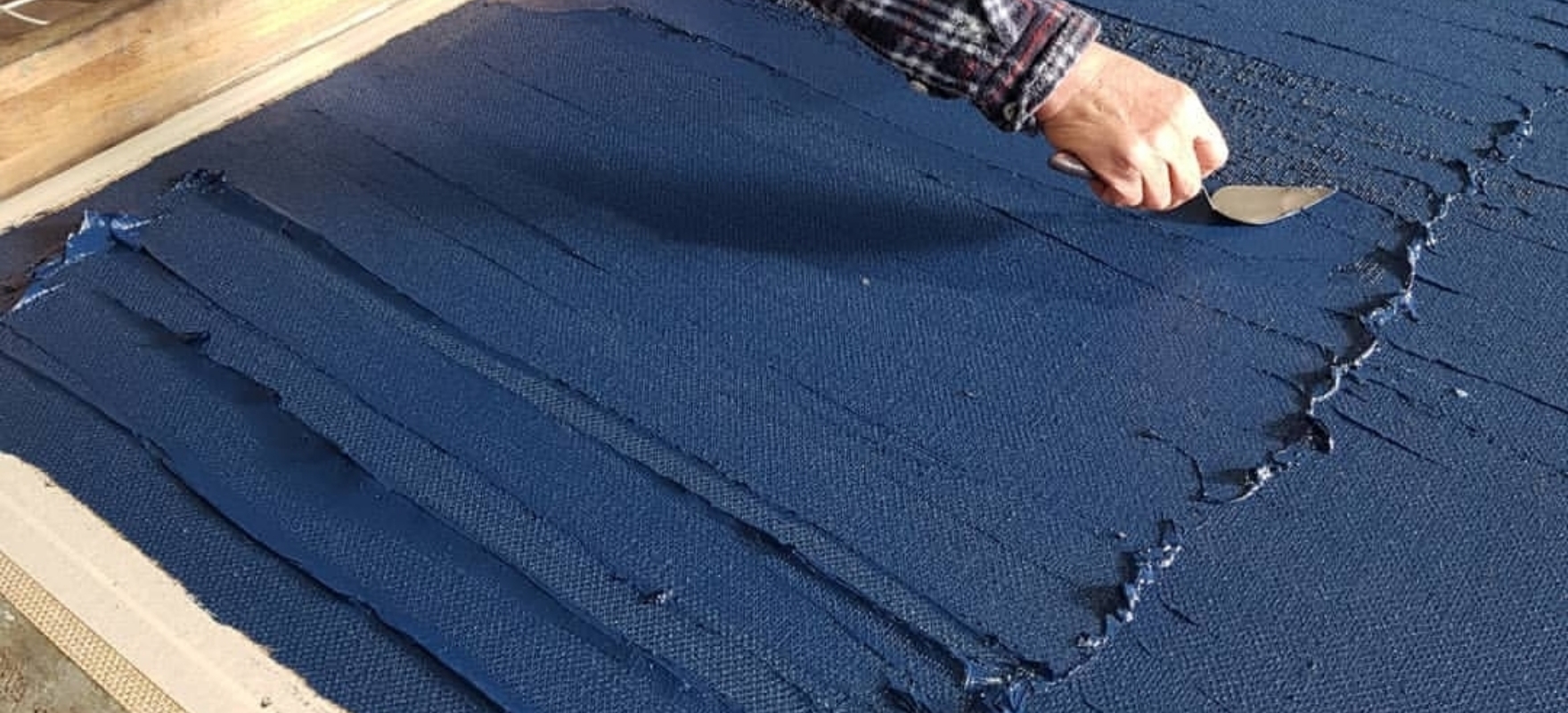

As a leading member of the movement known as Dansaekhwa, or “monochrome painting”, he has consistently used material experimentation and innovative studio processes to redefine the role of painting, playing a significant role bridging the avant-garde traditions between East and West. Committed to redefining modern art and rejecting mainstream academic trends, Ha developed a process that converted physically demanding studio processes into abstract compositions. In his most recent work, Ha has expanded upon his practice of transforming three-dimensionality into a two dimensional surface by experimenting with new ways to add materiality and a sense of volume to color.
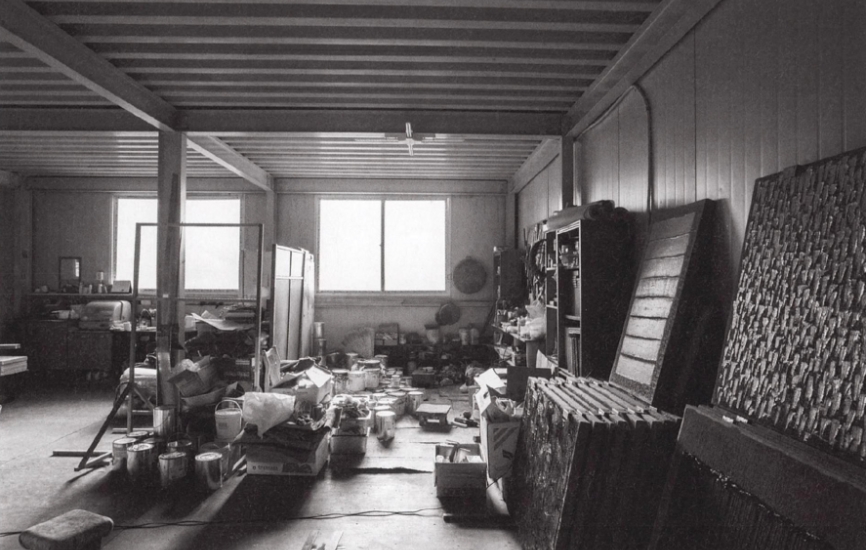
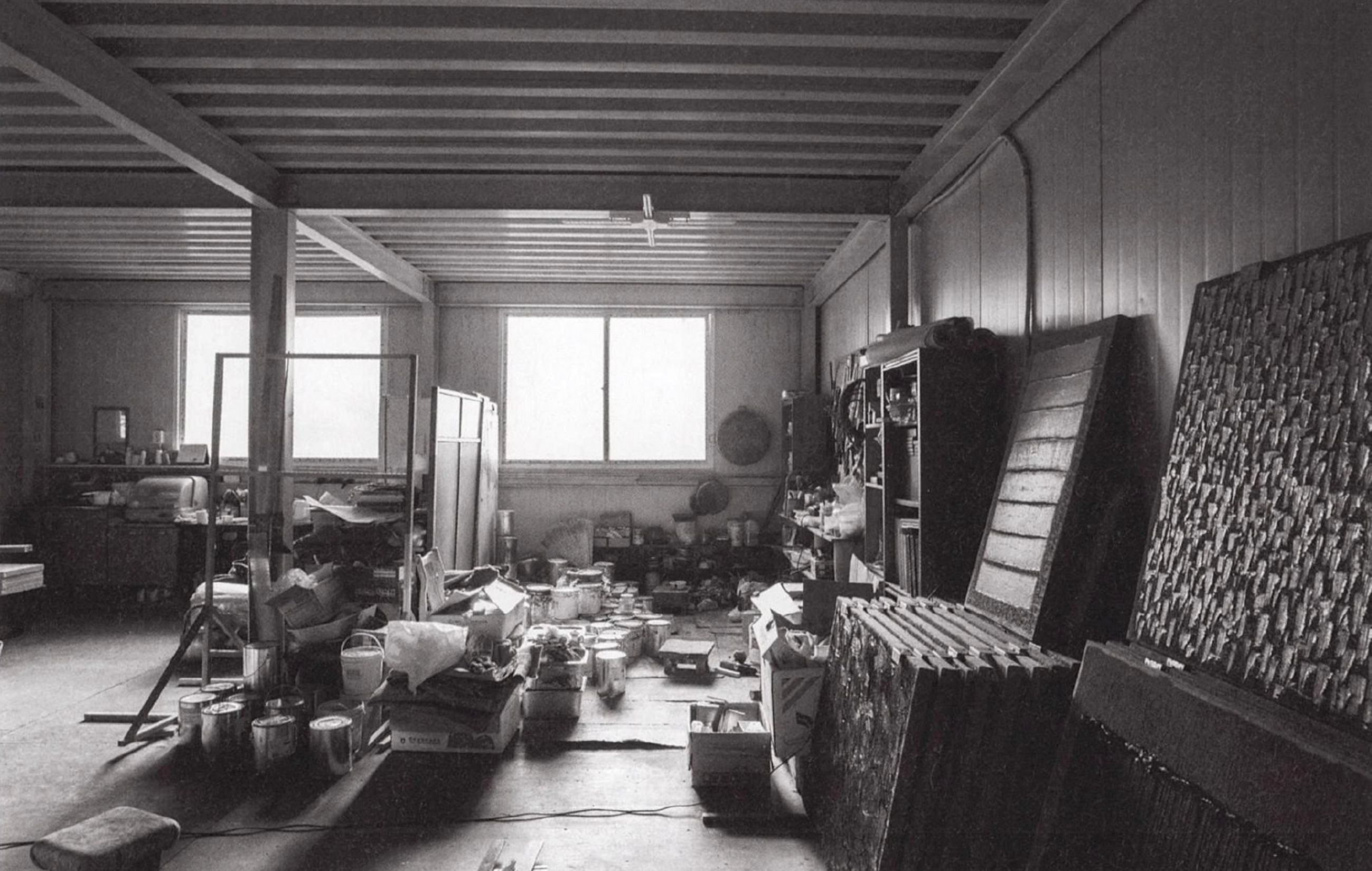
-
Career
-
Born in Sancheong, South Kyungsang province in 1935, Ha Chong-Hyun has lived and worked in Seoul since graduating from Hongik University, Seoul, South Korea in 1959. His practice was heavily determined by his experience of Seoul’s slow process of reconstruction following the Korean War of 1950-53. Like many other artists maturing in this complex historic moment, Ha initially examined the interrelation among industrial objects and organic forms. However, he eventually turned from sculptural installation to painting, and toward a radical re-evaluation of the canvas as support and pictorial surface. This led to Conjunction, an ongoing series of paintings he initiated in 1974. In this process, Ha stretches an expanse of coarsely woven hemp and pushes thick oil paint from the back of the canvas to its surface, finally manipulating the paint with a brush, palette knife, or other tools.
Ha Chong-Hyun thus became one of the main exponents of an informal group of Korean artists whose work was later termed Dansaekhwa, or “monochrome painting.” With this demanding, process-based body of work, Ha redefined the materiality of canvas, effectively negating its two-dimensionality and flatness and highlighting how it may exist as a vehicle of transmission for the pigment.
